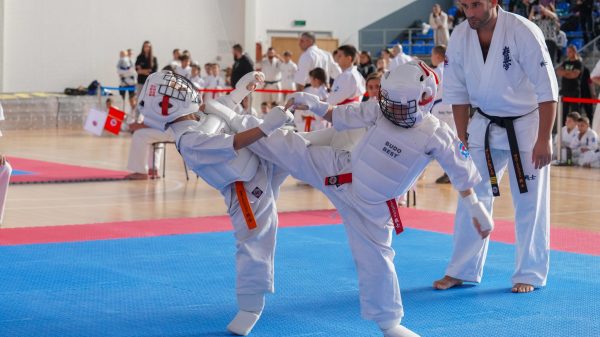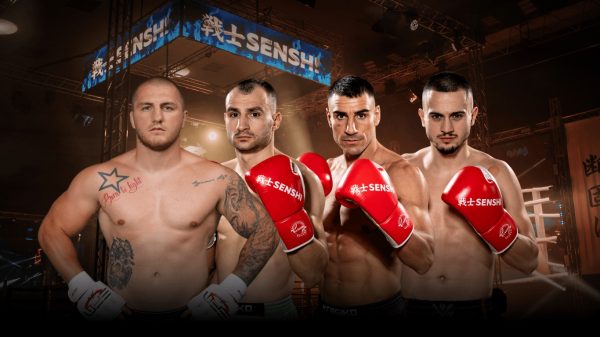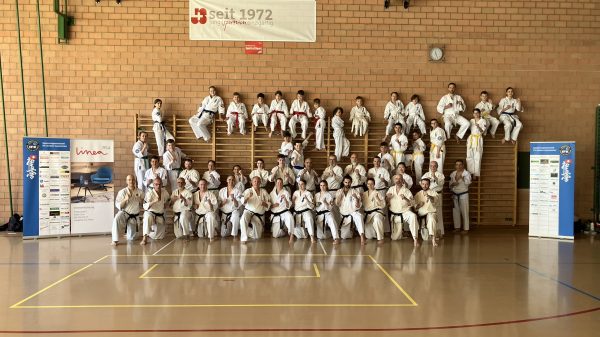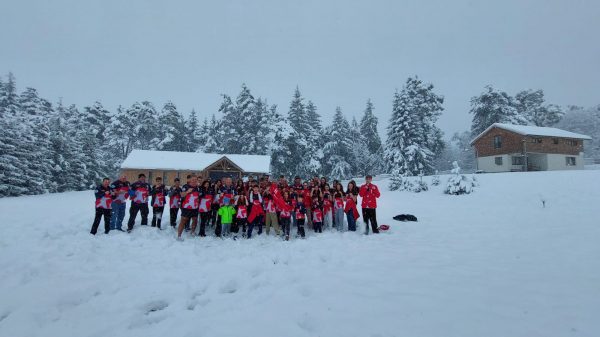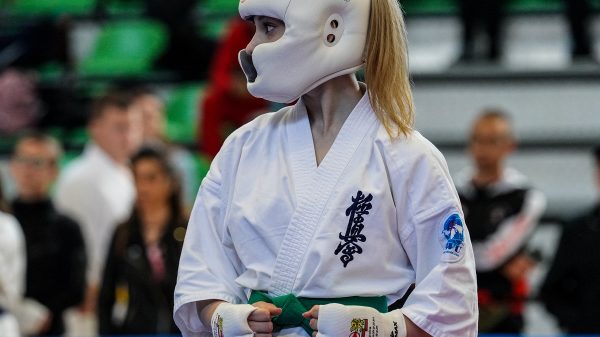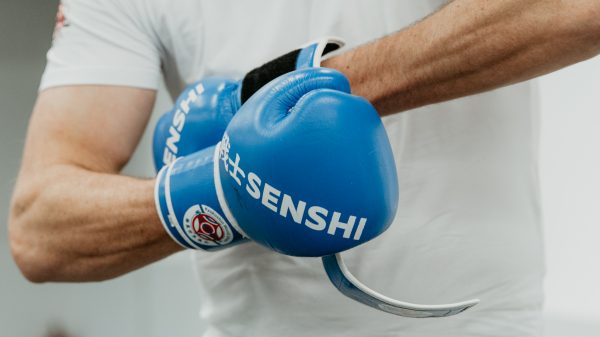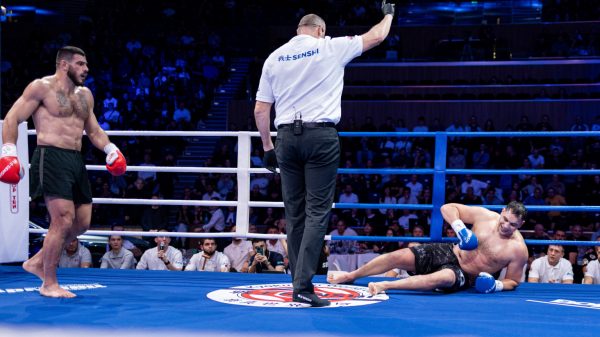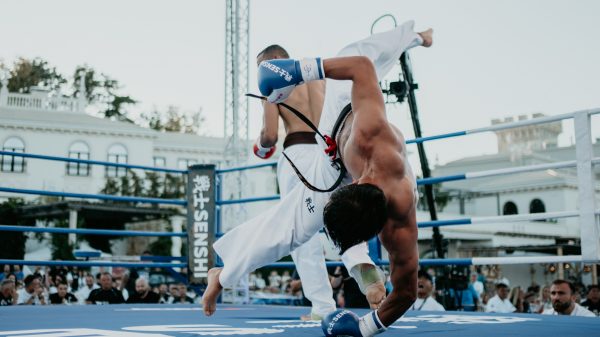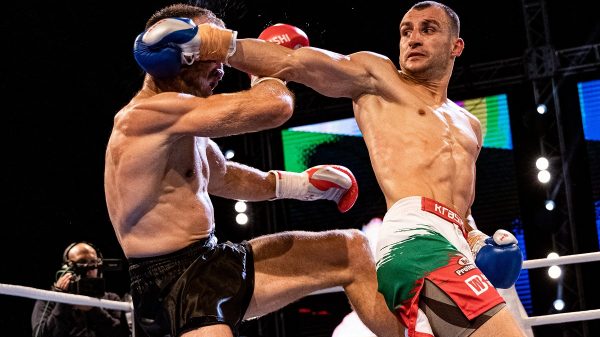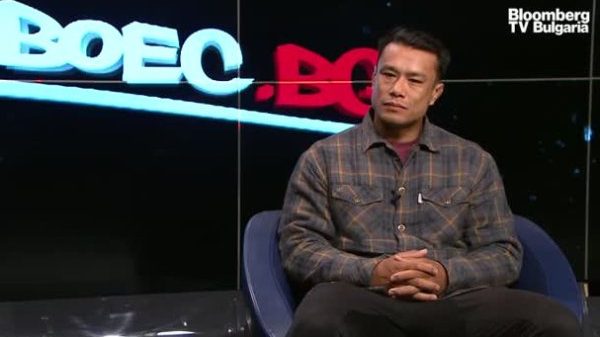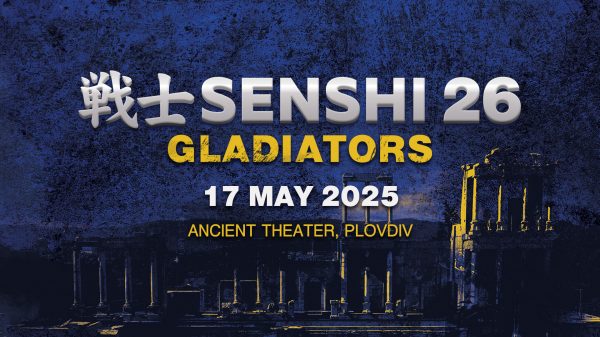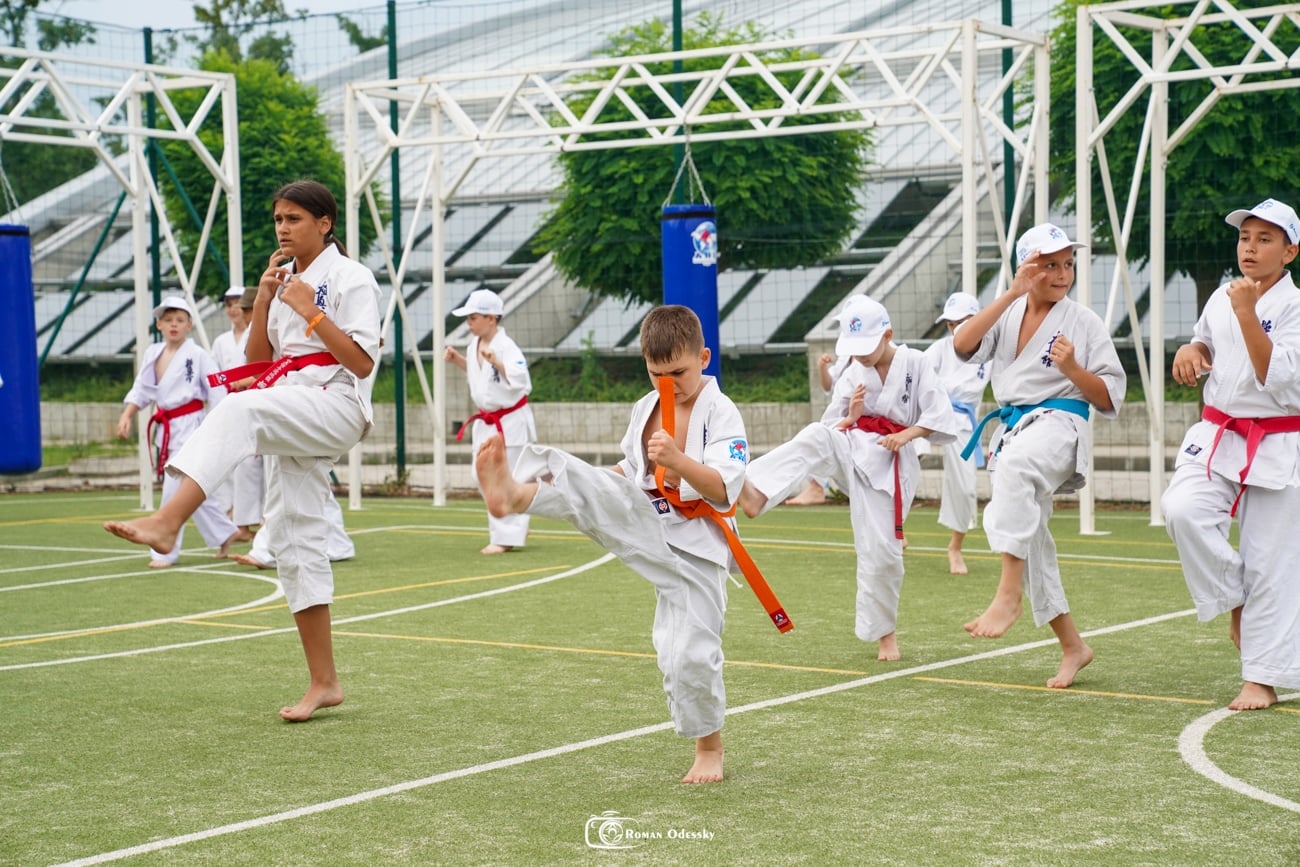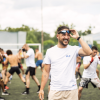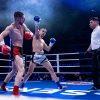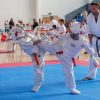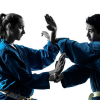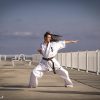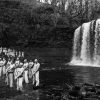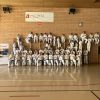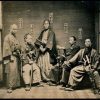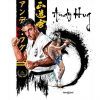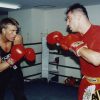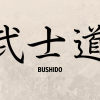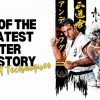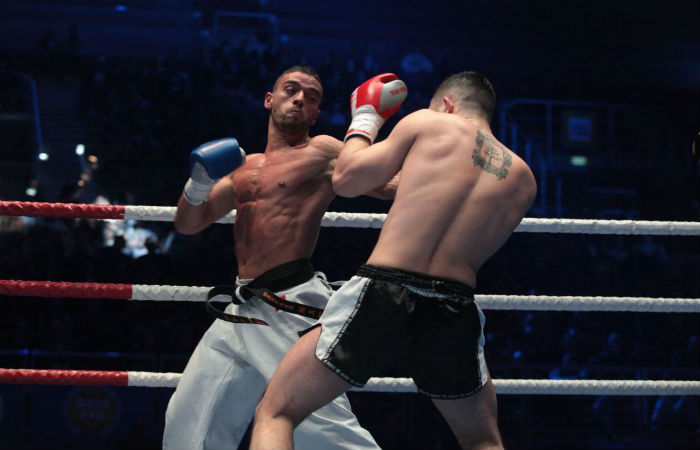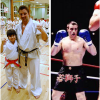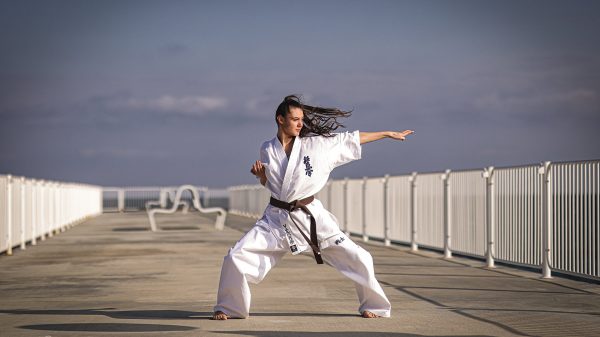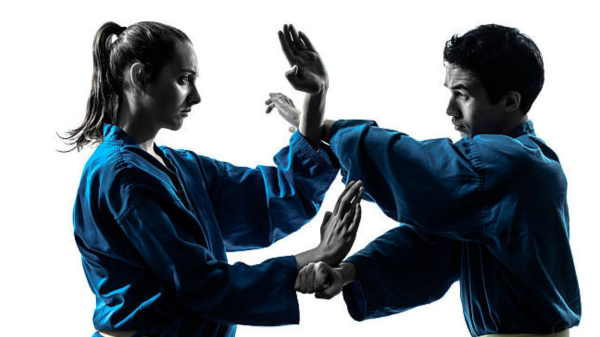10 Disturbing Myths About Karate Everyone Thinks Are True
By Jesse Enkamp
1: “Karate people break bricks every day.” We’ve all heard it.
“So… How many boards can you break?”
In Japanese, the skill of breaking bricks and boards is called “tameshiwari.” But few of us do it on a regular basis. In fact, some karate dojos never incorporate tameshiwari at all.
Why?
Bruce Lee said it best: “Boards don’t hit back.”
However, there’s merit to doing it. Not because it looks exciting for demos, but for pressure testing your physical, technical, and mental capabilities. A board or brick is a physical manifestation of your self-imposed limits. To crush it is to crush your deepest fears.
It’s 99% spirit. But… it’s a myth that we do it “all the time.”
2: “Karate people have total self-control.” Listen…
I get bruises, cuts, and strange voodoo marks on my body after every Karate class. Not because I’m a masochist. But because NOBODY has perfect self-control,
In the unpredictable realm of physical combat, total self-control is utopia. Sure, we might strive for it. We might try to reach that dream of impressively holding back our punches and kicks a hair wide in front of our opponent’s nose.
But let’s face it: no matter how good self-control you have, Karate does teach self-control, and we typically have a higher degree of fine motor control than most regular people, but it doesn’t guarantee it. We still make mistakes, just like everyone else. And remember, self-control is mental too. Mastering yourself is the highest form of mastery.
3: “Karate was created by poor farmers in Okinawa to secretly defend themselves against Japanese samurai warriors.” Wow.
Ask yourself this: If you were a poor farmer in ancient Okinawa, working 12 hours a day in the rice field just to support your family, would you spend your few free hours punching and kicking imaginary samurai warriors in secrecy to develop some kind of deadly fighting system?
Sure. And I’m the Pope. You just need a quick glance at any respectable index of ancient Karate masters to notice something interesting…
They were all scholars, aristocrats, or privileged families. Most founders of Karate belonged to the noble class (“shizoku”) of warriors (“pechin”), ranging from the low warrior caste (“chikudun”) to the high (“peekumi”).
Some masters even belonged to the “oyakata” (lord), which was the highest of the privileged classes before we step up to the royal classes of “aji” (descendant of a prince) and “oji” (prince).
These were the titles held by the pioneers of karate!
To understand how significant the caste system of ancient Okinawa was, I can inform you that a “pechin” (warrior class) was six times ‘higher’ in status than a farmer.
Here are some historical karate masters and their social class:
Matsumura Sokon (1809-1899): Pechin class. (Bodyguard of the king.)
Sakugawa Kanga(1786-1867): Chikudun Pechin class.
Soeishi Ryotoku (1772-1825): Oyakata class. King’s secretary!
Chatan Yara (1740-1812): Chikudun Pechin class.
Tawata Shinboku (1814-1884): Chikudun Pechin class.
Sueyoshi Anyu (unknown): Pechin class.
Chikin Seionori (1624-unknown): Oyakata class.
Chinen Umikana (1797-1881): Chikudun Pechin class.
Higa Kanematsu (1790-1870): Pechin class.
Chinen Masanra (1842-1925): Chikudun Pechin class
Kyan Chofu (unknown): Shizoku class.
Hamahiga Oyakata (1847 – unknown): Oyakata class.
I can keep name dropping all day.
Want more?
How about Motobu Choki (1870–1944)? Aji class (direct lineage to the king) Same as Chibana Choshin (1885-1969) and Yoshimura Chogi (1866-1945).
And don’t forget Yabu Kentsu (1866–1937). Shizoku class. Funakoshi Gichin (1868–1957) Same. Toyama Kanken (1888-1966), Mabuni Kenwa (1889-1952), Taira Shinken (1897–1970), Shiroma Shinpan (1890–1954), etc. They all belonged directly to a noble, upper-class family or descended from one.
The majority of Karate’s historical forefathers belonged to the elite of Okinawa’s ancient society.
It’s exactly like Funakoshi Gichin once wrote:
“Karate wa kunshi no bugei.” “Karate is the martial art of sophisticated people.”
Leave the farmers alone.
4: “Karate comes from Chinese Kung-Fu.” Sort of.
You see, Okinawa, the birthplace of Karate, was an island influenced by tons of cultures, traditions, and martial arts practices during the Ryukyu Kingdom era.
This is because Okinawa’s location in the East China Sea made it an awesome hotspot for trade between different countries for thousands of years.
China was just one of the influencing cultures. However…
Since Chinese society in general and its martial arts in particular were held in very high regard during the formation of what would later be known as “Karate,” it had a bombastic impact on the local Okinawan martial arts community.
So, yeah, Chinese Kung-Fu did influence the early history of Karate. But that’s before it was known as Karate; they called it “Toudi” (“Chinese hand”). Karate developed later. It’s 100% its own martial art.
5: “Black is the highest belt.” Not exactly.
Although the media often portrays the black belt as being the “ultimate level” of karate, there’s much more to the story. Sure, some people think it’s the end.
(I call this The Black Belt Syndrome: When people get their black belt and suddenly stop training since they were so focused on hunting that belt instead of using Karate as a tool for exploring and developing their human potential.)
The black belt is just the beginning. Now the real training starts. Everything else was just preparation.
In fact, a black belt is nothing special. When I lived in Japan, I used to see kids with black belts running around everywhere. But for some reason, the Western world has elevated it into some dark, mysterious, semi-legendary achievement.
This is funny. Because I know Japanese masters who’ve given black belts to Americans after only a few months of training—just to get rid of them!
Anyhow… In Okinawa, the highest belt is actually red. Few achieve it.
6: “You have to be athletic, strong, or flexible to practice Karate.” Oh boy.
I used to be chubby.
I wasn’t very strong.
I could barely kick above my waist.
Today, things have changed.
I look like a modern-day Greek god, squat 3x my body weight, and kick so freakin’ high that Chuck Norris asked me to teach him how.
All because of Karate!
I’m joking.
(But only half-joking.)
You see, when I look back at my chubby, weak, and stiff self, I’m amazed at the results of traditional karate training. But I didn’t even try. I just showed up to the dojo and consistently put the work in.
Still, I get asked all the time, “Do I have to be athletic, strong, or flexible for Karate?” Absolutely not. You don’t have to be great to start.
But you have to start to be great.
7: “Karate makes you a better human being.” Let’s define “better.”
What’s a “good” human being? Virtuous? Kind? Humble? Powerful? Courageous? Cool?
It depends on who you ask. That’s why I believe karate is a personal journey. You need to decide for yourself why you practice, how you practice, and what you expect to get in return for your effort.
Karate will give you EXACTLY what you put in. Nothing less. Nothing more.
If you pour your heart and soul into Karate, you might very well become a “better” human being. I sincerely hope so, because that would make the world a better place.
But almost anything can make you a “better” human being. It’s not what you do. It’s how you do it.
“Karate aims to build character, improve human behavior, and cultivate modesty; it does not, however, guarantee it.” Yasuhiro Konishi (1898-1983)
Get it?
8: “Karate people are experts at self-defense.” Let’s be honest:
Some karate schools don’t teach effective self-defense at all. They teach physical activity. which may, or may not, involve elements of pseudo-self-defense. It used to be different.
The original purpose of Karate was to defend yourself in civil self-defense. But as Karate passed through history, via the hands and minds of generations with different agendas, it became subject to personal dogma and political agendas.
Suddenly, the original purpose of karate was confused. It became less about self-protection and more about self-perfection.
“The ultimate aim of Karate lies not in victory or defeat, but in the perfection of the character of the participants.” Funakoshi Gichin (1868–1957)
These days, some karate instructors never teach practical self-defense. That’s okay.
As long as we’re open about it.
9: “There are weapons in Karate.” Look…
It’s right there, in the name:
“Kara” is Japanese for “Empty.”
“Te” is Japanese for “hand.”
“Karate” = “Empty Hand”
Yet, some people think we use weapons in Karate! How can “empty hands” hold weapons?
Let me explain: Before Karate was modernized, weapons were always practiced together with empty-hand techniques. This aspect of training later became known as “Kobudo” (lit. “old martial ways”) and was standard procedure back in the day.
Today, Kobudo is practiced in very few dojos with the same level of quality and passion as karate. I think more instructors should learn it. Because self-defense-oriented martial art isn’t complete without addressing the armed aspects of combat as well. Ask any old master from Okinawa. They will tell you that karate and kobudo are like two wheels on a cart. You need both.
Or you crash.
10: “Karate is difficult.” Lastly…
When regular people see Karate practitioners perform hard katas, flashy takedowns, deep stances, spinning back kicks, and other “complex” stuff, it seems good. But that’s a myth.
Good karate should look easy! (Otherwise, you’re doing something wrong.)
I think people make karate hard on purpose. It’s like a complexity fetischism. They see simplicity as bad. Instead of improving their basics, they want to dabble with advanced stuff because it makes them feel superior.
They’re blinded by the myth of complexity.
“Simplicity is the ultimate sophistication.” Leonardo da Vinci (1452-1519)
Remember this: The easy way is often the right way. If your karate looks difficult, you’re probably not doing it right. Slow down. Think through it. Find a new solution. Try again. Breathe. Relax. Don’t confuse hard training with smart training.
Good karate is sophisticated. That’s it!


